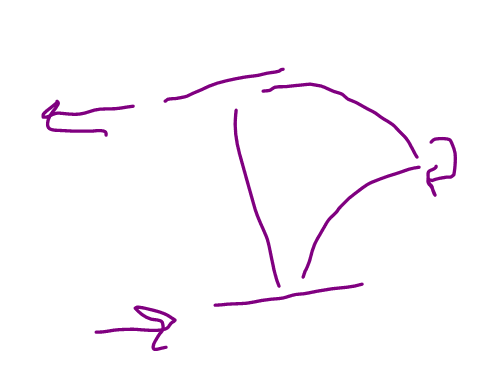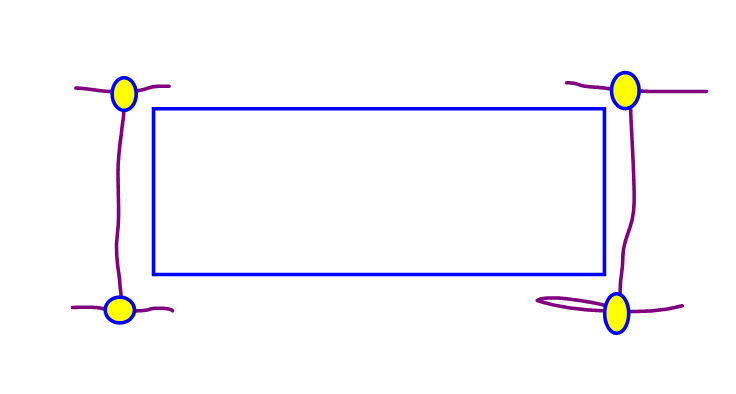human909 said:
Italo01 and I are a step behind and asking IF the bracing is suitable. The calculation of the require shear strength of the bolt is part of this process.
I also evaluated whether or not the bracing was suitable and, based on the theoretical argument that I presented previously, came to the conclusion that it surely is, even without the bolt. I assumed nothing.
human said:
I see a whole lot of lateral sway.
There's no sway in OP's failure mode. The braces force the top flanges to translate the same amount as the bottom flanges. The centroids remain stationary. That's pure twist, no sway.
Kootk said:
You are looking at the entire system as a group, I'm still looking at individual beams.
Not true. I also am looking at the individual beams. See the sketch of an individual beam that I posted earlier.
human909 said:
Without them being connected the they don't offer LTB restraint as the beams can LTB in mirrored unison. (as the diagram shows)
Without the connection between braces:
1) They brace the beams into behaving as one, torsionally compatible unit for twin girder, system LTB buckling. And that's precisely what Yura describes in the paper.
2) They brace the individual beams against lateral torsional buckling failure modes in the sense that the "lateral" part of that is precluded.
3) They do not brace the individual beams against a purely torsional buckling mode. But, then, that's a higher energy buckling mode than is LTB. So much so that I suspect that it's often irrelevant.


